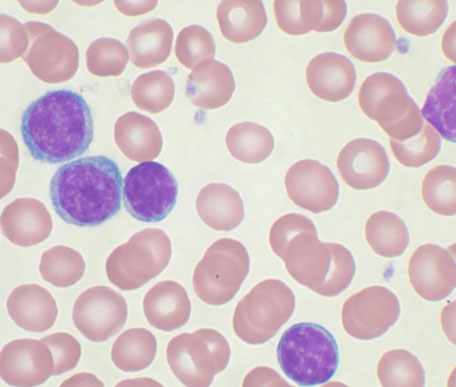


Acute and chronic leukemias are types of cancer that affect the blood and bone marrow, where blood cells are produced. These conditions involve the abnormal proliferation of white blood cells, which crowd out normal blood cells and impair the body's ability to fight infections and control bleeding.
Acute Leukemias:
- Acute leukemias progress rapidly and require immediate treatment.
- There are two main types: acute lymphoblastic leukemia (ALL) and acute myeloid leukemia (AML).
- Symptoms of acute leukemias may include fatigue, weakness, frequent infections, fever, easy bruising or bleeding, bone pain, and swollen lymph nodes.
- Treatment for acute leukemias typically involves chemotherapy to kill cancer cells and induce remission. In some cases, targeted therapy, radiation therapy, or stem cell transplant may be necessary.
- Chemotherapy regimens are often intense and may be given in multiple phases, including induction (to achieve remission), consolidation (to kill any remaining cancer cells), and maintenance (to prevent relapse).
Chronic Leukemias:
- Chronic leukemias progress more slowly and may not cause symptoms initially.
- The two main types are chronic lymphocytic leukemia (CLL) and chronic myeloid leukemia (CML).
- Symptoms of chronic leukemias may include fatigue, enlarged lymph nodes, weight loss, fever, night sweats, easy bruising or bleeding, and abdominal discomfort.
- Treatment for chronic leukemias varies depending on the type and stage of the disease. In CLL, watchful waiting may be recommended initially for asymptomatic patients. Treatment options may include targeted therapy, chemotherapy, immunotherapy, or stem cell transplant. In CML, targeted therapy with tyrosine kinase inhibitors (TKIs) is the standard treatment and can effectively control the disease in many patients.
- Some patients with chronic leukemias may not require immediate treatment and may be monitored closely with regular check-ups until symptoms develop or the disease progresses.
It's important for individuals experiencing symptoms of leukemia to undergo a thorough medical evaluation and receive a proper diagnosis from a healthcare professional. Treatment decisions should be individualized based on factors such as the type of leukemia, the patient's overall health, and their treatment goals. Early detection and prompt treatment can improve outcomes and quality of life for individuals with leukemia.